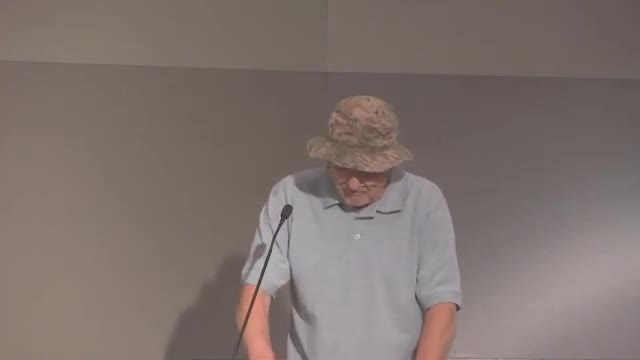Community demands halt to controversial solar project
August 21, 2024 | San Bernardino County, California
This article was created by AI summarizing key points discussed. AI makes mistakes, so for full details and context, please refer to the video of the full meeting. Please report any errors so we can fix them. Report an error »

In a recent government meeting, significant discussions emerged regarding a proposed solar development project in Newberry Springs, California, highlighting community concerns and environmental considerations. Residents voiced strong opposition to the project, citing fears over hazardous silica dust and the potential negative impact on local health and natural resources. They urged the board to reject the application, emphasizing the need for a balanced approach that includes rooftop solar initiatives while prioritizing resident safety.
The Newberry Community Services District (CSD), representing limited public services, faced criticism for allegedly not reflecting the majority sentiment of local residents who oppose the solar project. Community members called for the board to take a firm stance against developments that could harm their environment and well-being.
In response, the applicant defended the project, referencing a comprehensive California Environmental Quality Act (CEQA) process that included extensive biological surveys to assess potential impacts on local wildlife, particularly the desert tortoise. The applicant noted that mitigations were put in place to protect these species, despite the project's proximity to an airport and off-roading areas, which are not ideal habitats for the tortoise.
The discussion also touched on air quality management, with assurances that the project would adhere to regulations designed to mitigate dust and soil issues. The Mojave Desert Air Quality Management District's requirements for soil stabilization methods were highlighted as a key component in addressing community concerns about dust emissions.
As the meeting concluded, the board was left to weigh the community's apprehensions against the applicant's assurances of environmental safeguards, underscoring the ongoing tension between renewable energy development and local resident interests.
The Newberry Community Services District (CSD), representing limited public services, faced criticism for allegedly not reflecting the majority sentiment of local residents who oppose the solar project. Community members called for the board to take a firm stance against developments that could harm their environment and well-being.
In response, the applicant defended the project, referencing a comprehensive California Environmental Quality Act (CEQA) process that included extensive biological surveys to assess potential impacts on local wildlife, particularly the desert tortoise. The applicant noted that mitigations were put in place to protect these species, despite the project's proximity to an airport and off-roading areas, which are not ideal habitats for the tortoise.
The discussion also touched on air quality management, with assurances that the project would adhere to regulations designed to mitigate dust and soil issues. The Mojave Desert Air Quality Management District's requirements for soil stabilization methods were highlighted as a key component in addressing community concerns about dust emissions.
As the meeting concluded, the board was left to weigh the community's apprehensions against the applicant's assurances of environmental safeguards, underscoring the ongoing tension between renewable energy development and local resident interests.
View full meeting
This article is based on a recent meeting—watch the full video and explore the complete transcript for deeper insights into the discussion.
View full meeting
